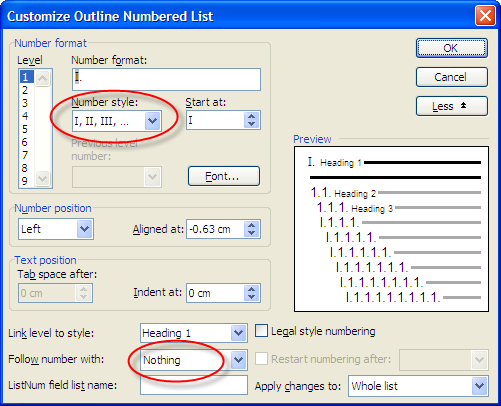
Balloon comments will only display in these views.
First, choose either Print Layout view or Web Layout view. In the drop down list, click on Show Revisions in Balloons or Show Only Comments and Formatting in Balloons.Īfter a few minutes of searching through the menus and options, I figured out how to show Word comments in balloons in Word 2003. Click the Review tab on the Ribbon, then click the Balloons command. Choose Print Layout, Full Screen or Web Layout view. If you’re using Word 2007, here’s how to show Word comments in balloons: Editing works just fine in the balloons, which is one of the reasons that I prefer them. Not in the Reviewing Pane, unfortunately, where new text is inserted beside the selected text. Usually when you select text and start typing, the selected text is replaced with the new text. I have trouble editing my comments in the Reviewing Pane. In the Word document, the DD1 comment is highlighted, and the text for that comment is in the Reviewing Pane. Here’s what I was seeing in Word - comments were listed in the Reviewing Pane. I’d like to see show Word comments in balloons along the sidebar, but Word won’t cooperate, and shows them in a Reviewing Pane, at the bottom of the window. This means that as you scroll through the document, what is listed in the pane will necessarily change as you move from page to page.I’m reviewing Word files and inserting comments for the author. It should be noted that the Selection pane displays only the objects on the currently displayed page, not all the objects in the document. Ordering only has practical value if your objects overlap each other in some manner in that case the ordering determines which object is in front of or behind the other objects. With an object selected you can adjust the ordering of that object, relative to other objects on the page, by clicking the up and down buttons at the top-right of the pane. When you select an object in the Selection pane, Word also selects it in the document itself. Click this and you alternately hide or display the object. 
Assuming there are objects listed for the current page, note that there is a small icon at the right of each object's name.

You can then use the controls in the pane to hide or display the objects or to change the order in which they appear. The purpose of the pane is to list all the objects on the current page.

(The Selection Pane tool is a toggle clicking it a second time hides the pane.) The pane appears at the right side of the document.

To use the tool, display the Layout tab of the ribbon and click the Selection Pane tool in the Arrange group. This tool is meant for working with objects in your document, particularly shapes and images. This tool was introduced in Word 2010 and was initially called the Selection and Visibility pane. Word includes a handy management tool called the Selection pane.








 0 kommentar(er)
0 kommentar(er)
